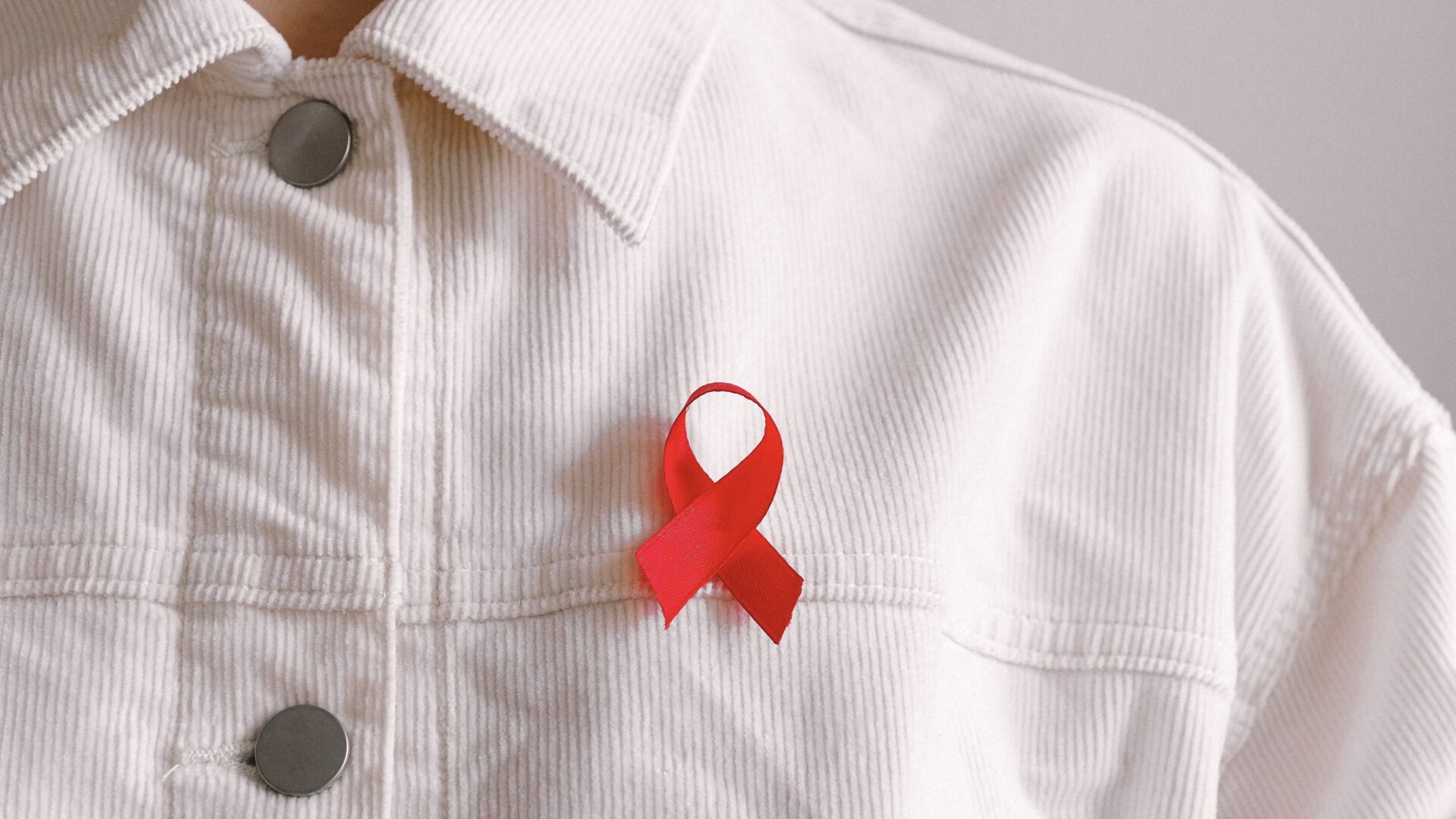Third person cured of HIV after stem cell transplant, researchers say
"Following our intensive research, we can now confirm that it is fundamentally possible to prevent the replication of HIV on a sustainable basis."

Researchers have announced a 53-year-old Dusseldorf patient has been cured of HIV.
The patient becomes only the third person to be cured of the condition using this treatment. However, they’re the fifth person in total to be cured overall.
Similar to the other patients – one in Berlin and another in London – the German patient underwent a stem cell transplant.
The patient was being treated for leukaemia, which had developed alongside his HIV infection.
The patient has no detectable virus in his body, even after stopping his antiretroviral therapy (ART) four years ago, researchers say.
As Nature reports, the procedure of replacing his bone marrow cells with HIV-resistant stem cells from a donor has had incredible results.
“Today, I am all the more proud of my worldwide team of doctors who succeeded in curing me of HIV – and at the same time, of course, of leukaemia,” the unnamed patient shared.
Timothy Ray Brown, in 2007, and Adam Castillejo, in 2019, underwent the same procedure. Castillejo remains HIV-free and Brown also did until his death due to cancer in 2020.
Last year, researchers also announced a New York patient who had remained HIV-free for 14 months may also be cured. However, researchers warned it was too early to be certain.
“It’s really a cure, and not just… long term remission”
Ravindra Gupta, a microbiologist at the University of Cambridge, UK, who led the team that treated Castillejo, says the latest study “cements the fact that CCR5 is the most tractable target for achieving a cure right now”.
The transplant destroys unhealthy blood cells and replaces them with healthy ones removed from blood or bone marrow. The procedure is high-risk and currently only carried out when treating other life-threatening conditions.
“It’s really a cure, and not just, you know, long term remission,” said Dr Bjorn-Erik Ole Jensen.
On behalf of the international team, Dr Jensen added: “Following our intensive research, we can now confirm that it is fundamentally possible to prevent the replication of HIV on a sustainable basis by combining two key methods.
“On the one hand, we have the extensive depletion of the virus reservoir in long-lived immune cells, and on the other hand, the transfer of HIV resistance from the donor immune system to the recipient, ensuring that the virus has no chance to spread again.”
He concluded that further research is now needed to ensure this procedure can be made possible outside their current framework.
With around 38 million people globally living with HIV, modern medication can ensure the virus is kept at bay. This latest development, however, ignites hope for future treatments.
